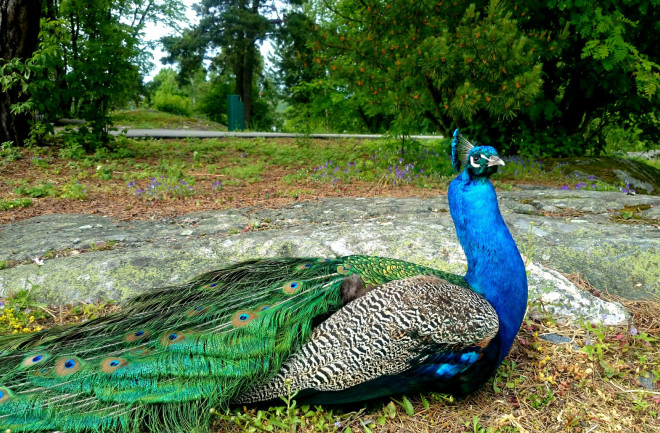Inside the Secret World of Iridescent Animals
The greens, blues and purples of iridescent animals are fabulous to behold. But biologists are still learning why the creatures are so colorful and bright.
Mar 19, 2020 9:21 PM

An iridescent male peafowl, aka a peacock. (Credit: Karin Kjernsmo)
Newsletter
Sign up for our email newsletter for the latest science news
0 free articles left
Want More? Get unlimited access for as low as $1.99/month
Stay Curious
Sign up for our weekly newsletter and unlock one more article for free.
View our Privacy Policy
Want more?
Keep reading for as low as $1.99!
Already a subscriber?
Find my Subscription
More From Discover
Stay Curious
Subscribe
To The Magazine
Save up to 40% off the cover price when you subscribe to Discover magazine.
Copyright © 2025 LabX Media Group
